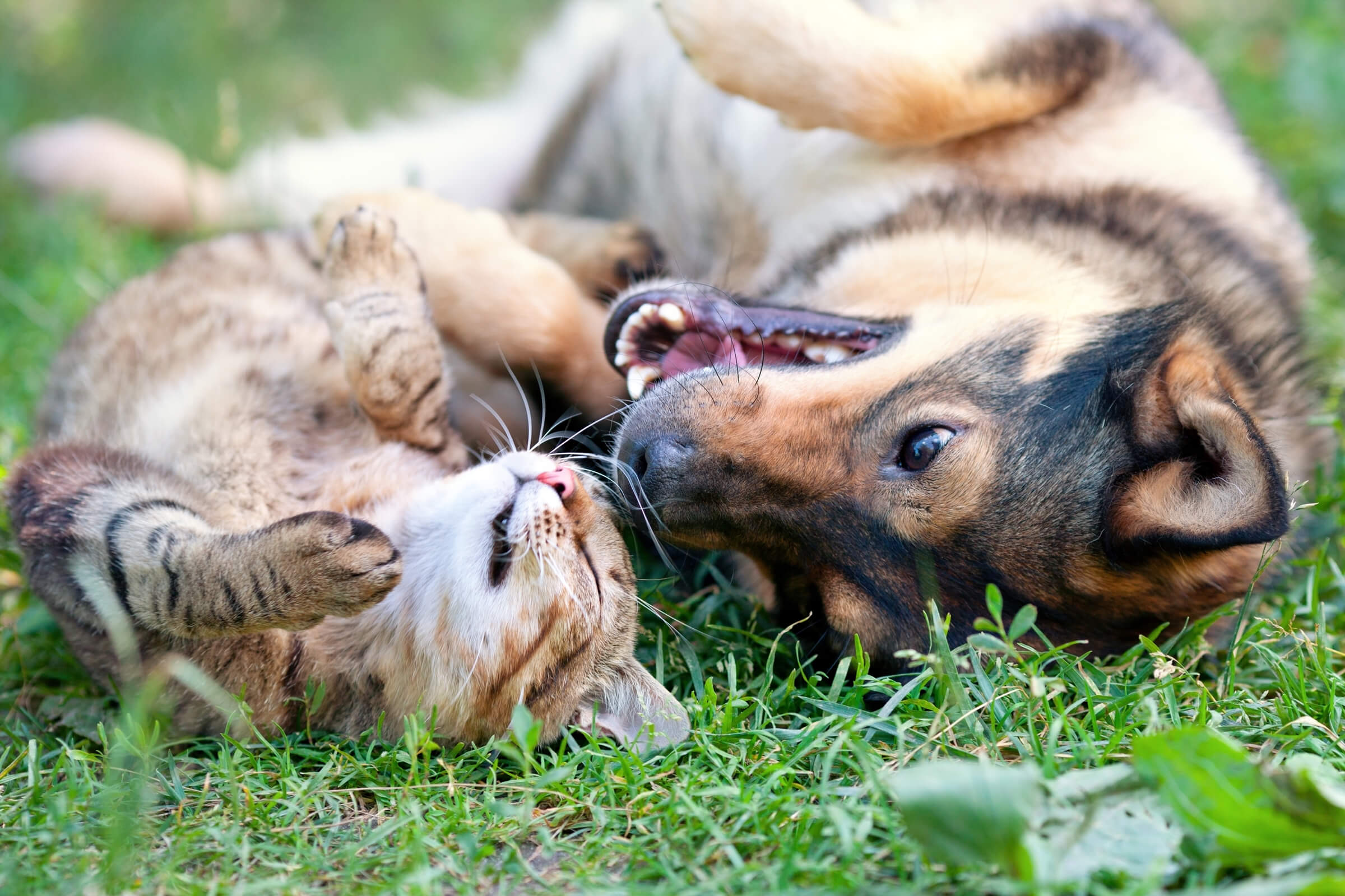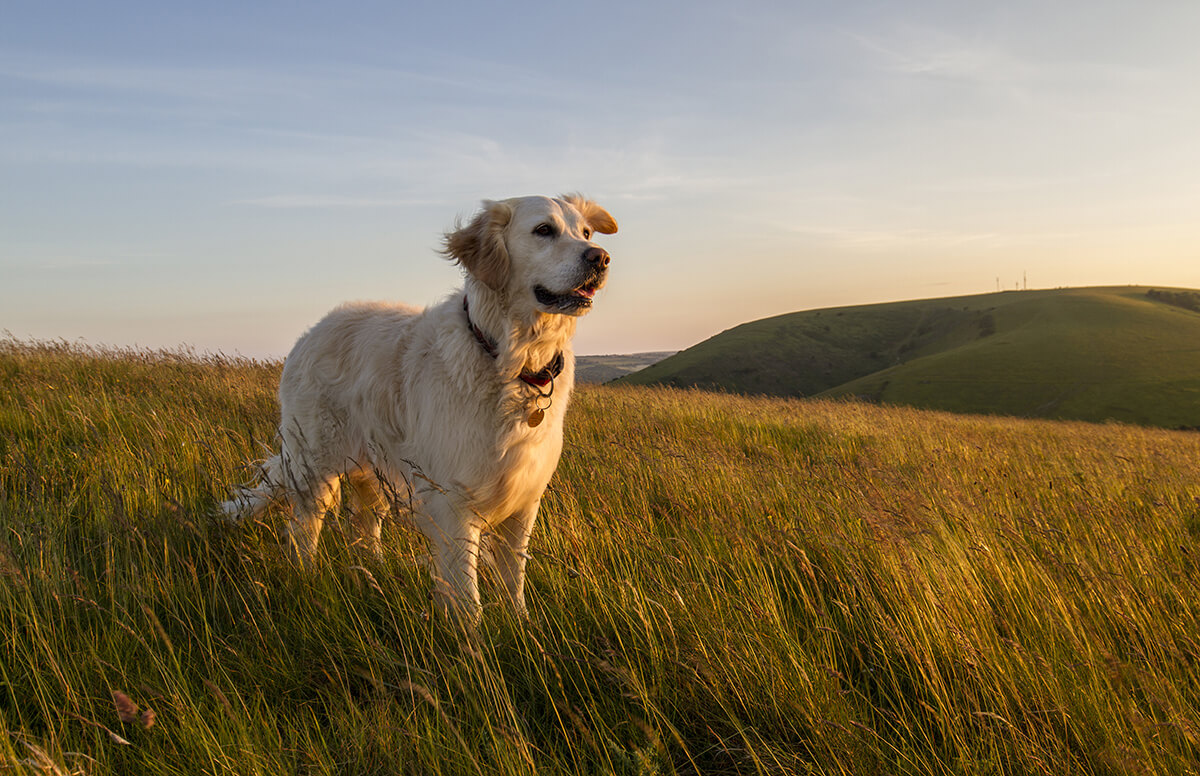
 Menu
Menu
Tarsometatarsal luxation/subluxation in dogs

What is tarsometatarsal luxation/subluxation?
The tarsus is the “ankle” of the dog, made up by a number of bones and the metatarsals are a series of bones that connect the tarsus to the toes. Tarsometatarsal luxation/subluxation is when the metatarsal bones become disconnected from the tarsus. This can occur with some of the metatarsal bones, or all of them if severe enough.
How does it occur?
This can occur as a result of trauma such as a traffic accident. In some cases, tarsometatarsal subluxation can develop as a degenerative condition in a similar way to intertarsal subluxation. Collie breeds appear particularly predisposed to the degenerative form of the condition.
What does it look like?
Dogs with tarsometatarsal luxation/subluxation are acutely non-weight bearing on the affected limb if affected by trauma. The lameness can be insidious in onset with the degenerative condition. As the condition progresses, there may be collapse of the hock joint and the tarsus collapses towards the ground.
Diagnosis
If this is suspected then the vet will assess the stability of the limb with a series of stretches and movements. X-rays under sedation may also be needed to establish a definitive diagnosis.
Treatment options
Non-surgical treatment is often unrewarding and in general, most cases will require surgery. The surgery that will be performed will depend on the degree of luxation and which bones are affected:
- Internal fixation using pins, plates and screws may be used if there is dorsal instability
- External Skeletal Fixation where pins are placed into the bone, through the skin and are held together with a connecting bar on the outside
- Partial tarsal arthrodesis (partial joint fusion) may be necessary if there is severe luxation/subluxation or if there is concern that the ligaments in the tarsus have been compromised
Postoperative management
Strict rest and regular checks are required in the weeks following surgery. X-rays will be taken in order to assess the healing process.
Outcome
Most dogs recover well from surgery and achieve a very favourable outcome.
Stay in touch
Follow us on social media and keep up to date with all the latest news from the MVS clinic.



